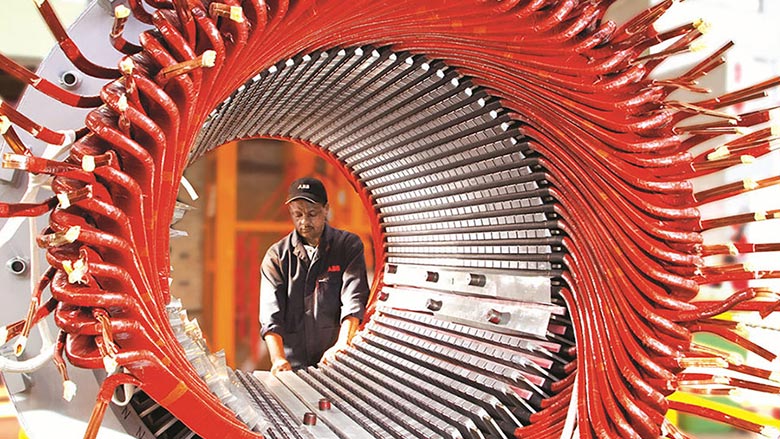The traditional linear model of manufacturing, where resources are extracted, transformed into products, and eventually discarded as waste, is increasingly being challenged by the concept of a circular economy. This model promotes a closed-loop system where materials and products are reused, remanufactured, or recycled to minimize waste and resource consumption. The circular economy aims to create a sustainable manufacturing process that aligns with environmental goals while also offering economic benefits. In this context, Information Technology (IT) plays a critical role in enabling and enhancing circular economy practices within the manufacturing sector.
IT as a Catalyst for Circular Economy Practices
Information Technology is a key enabler of the circular economy in manufacturing by providing the tools and platforms needed to monitor, manage, and optimize resource use throughout the product lifecycle. IT solutions, such as the Internet of Things (IoT), data analytics, and blockchain, empower manufacturers to track materials and products, ensuring they are efficiently used and recycled at the end of their lifecycle. These technologies facilitate transparency, allowing companies to monitor their supply chains and identify areas where waste can be minimized.
IoT devices, for example, can be integrated into manufacturing processes to collect real-time data on energy usage, material consumption, and equipment performance. This data can be analyzed to identify inefficiencies and optimize operations, leading to reduced waste and lower costs. Additionally, blockchain technology can provide a secure and transparent record of materials and products as they move through the supply chain, ensuring that resources are properly managed and recycled.
Digital Twins and Predictive Maintenance
Digital twin technology, which creates a virtual replica of a physical product or system, is another powerful IT tool that supports the circular economy in manufacturing. By simulating the behavior of products in different environments, digital twins enable manufacturers to predict and prevent potential failures, extending the lifespan of products and reducing the need for new materials. This approach not only enhances product durability but also promotes resource efficiency.
Predictive maintenance, powered by data analytics and machine learning, is closely related to digital twin technology. By analyzing data from IoT sensors embedded in manufacturing equipment, predictive maintenance systems can forecast when a machine is likely to fail and schedule maintenance before a breakdown occurs. This proactive approach reduces downtime, extends the life of equipment, and minimizes the need for replacement parts, contributing to the circular economy.
IT-Enabled Product Design and Development
IT also plays a crucial role in the design and development of products that are aligned with circular economy principles. Computer-aided design (CAD) software and simulation tools enable engineers to create products that are easier to disassemble, repair, and recycle. By considering the entire lifecycle of a product during the design phase, manufacturers can reduce waste and ensure that materials can be recovered and reused at the end of the product’s life.
Moreover, IT solutions facilitate the adoption of additive manufacturing, also known as 3D printing, which allows for the creation of complex products with minimal material waste. Additive manufacturing enables manufacturers to produce parts on demand, reducing the need for large inventories and minimizing the environmental impact of production.
Challenges and Opportunities
While IT provides significant opportunities for enabling a circular economy in manufacturing, there are also challenges that must be addressed. The integration of IT solutions into existing manufacturing processes requires substantial investment and can be complex to implement. Additionally, the success of IT-enabled circular economy practices depends on collaboration across the supply chain, as well as the willingness of manufacturers to adopt new business models that prioritize sustainability.
However, the potential benefits of a circular economy, supported by IT, are substantial. By reducing waste, conserving resources, and lowering production costs, manufacturers can achieve greater efficiency and competitiveness. Furthermore, the circular economy aligns with growing consumer demand for sustainable products and practices, offering companies a way to differentiate themselves in the market.
Conclusion
The role of IT in enabling a circular economy in manufacturing is multifaceted, encompassing everything from real-time monitoring and data analysis to product design and predictive maintenance. As manufacturers increasingly embrace circular economy principles, IT will continue to be a critical driver of innovation and sustainability. By leveraging the power of IT, the manufacturing sector can move towards a more sustainable and economically viable future, where resources are conserved, waste is minimized, and products are designed with their entire lifecycle in mind.
Also Read: How IT Can Support the Transition to a Circular Economy in Healthcare 





